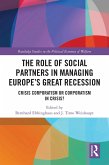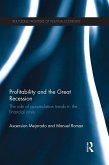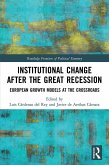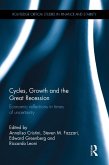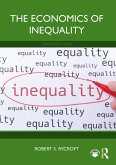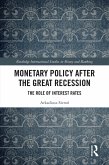This textbook uses the Great Recession as a case study for understanding economic concepts, the conduct of policymaking, and competing schools of economic thought. It introduces readers to multiple perspectives on the crisis, including feminist, institutionalist, Marxian, monetarist, neoclassical, post-Keynesian, and stratification economics, amongst others. Divided into four parts, the textbook begins by introducing readers to the headline events of the crisis, and the major differences between neoclassical and heterodox economics. The second part investigates the lead-up to the crisis, beginning with the long-term restructuring of capitalism following the Great Depression, the housing market bubble, and the transmission of the 2008 financial crisis. The third part investigates the policy responses to the crisis, such as financial reform, monetary policy, and fiscal policy. In the final part, economic performance, the shift toward populism, and policy developments during the recovery are all analyzed.
Providing the basis for understanding the long-term trajectory of capitalism today, this book is an invaluable resource for students of economics, public policy, and other related fields.
Dieser Download kann aus rechtlichen Gründen nur mit Rechnungsadresse in A, B, BG, CY, CZ, D, DK, EW, E, FIN, F, GR, HR, H, IRL, I, LT, L, LR, M, NL, PL, P, R, S, SLO, SK ausgeliefert werden.



